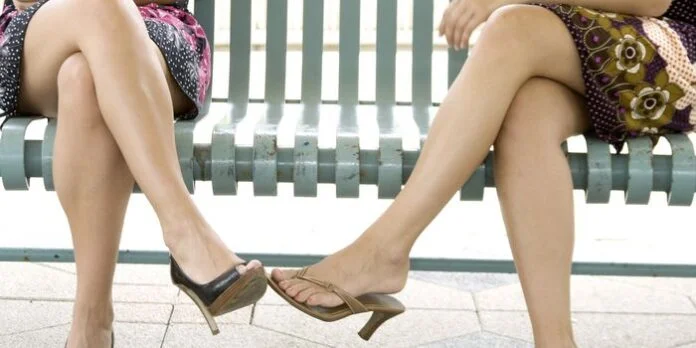But behind this seemingly simple act lies a complex mix of psychology, culture, biology, and social conditioning that explains why so many women instinctively choose to sit this way.
A Subtle Language of the Body
At its core, body language is a silent communicator of thoughts, emotions, and intentions. When a woman crosses her legs, it can reflect comfort, confidence, or self-protection.
In social settings, especially those involving strangers or mixed company, crossing the legs can serve as a subconscious way to create a physical boundary—a gentle signal of reservation or modesty.
It’s a protective posture, not in a defensive sense, but in one that speaks to personal space and comfort.
Psychologists often point out that leg crossing can indicate emotional states. For example, if someone crosses their legs away from you, they might be mentally checking out of the conversation or feeling disengaged. On the other hand, legs crossed toward you can be a subtle cue of interest and attentiveness.
The Impact of Early Social Conditioning
From a young age, girls are often told to “sit properly,” which, in many cultures, translates to sitting with legs crossed or closed.
These instructions aren’t just about posture—they’re about shaping behavior that aligns with societal expectations of femininity, modesty, and grace. Over time, these teachings become internalized habits.
What begins as a conscious attempt to conform becomes second nature. For many women, sitting with crossed legs doesn’t feel like a choice but rather the most natural position in public settings.
Biology Plays a Role Too
While cultural and psychological reasons are significant, biology isn’t to be ignored. Anatomically, women tend to have a wider pelvis and greater flexibility in their hip joints.



